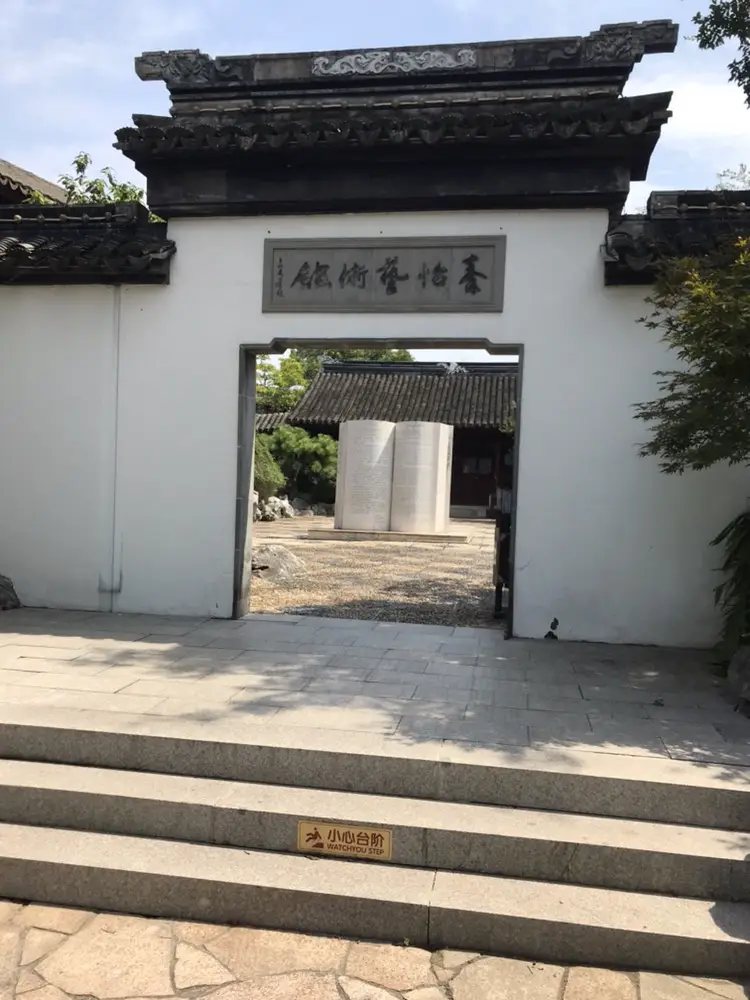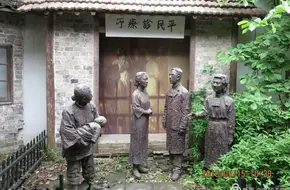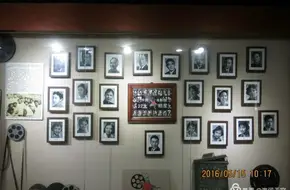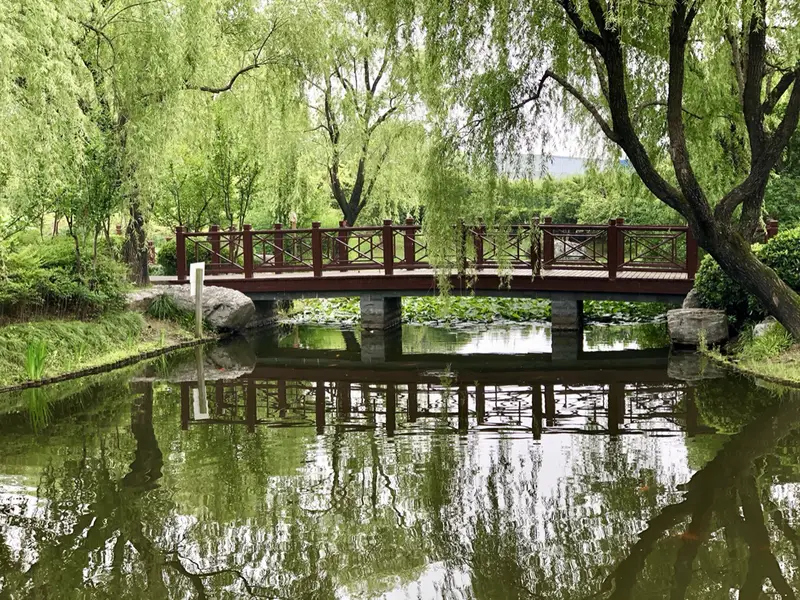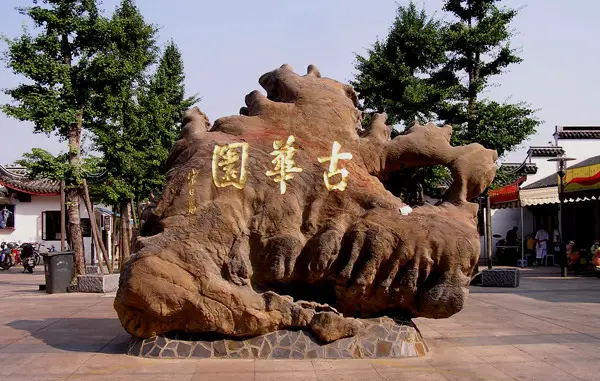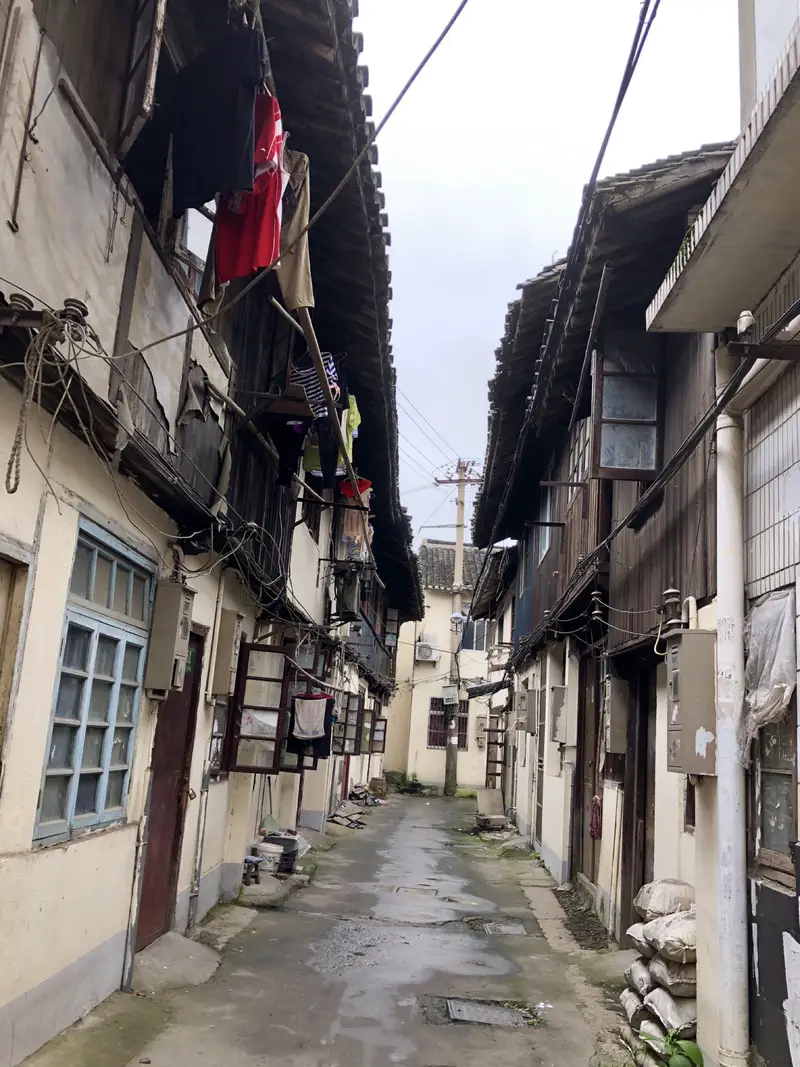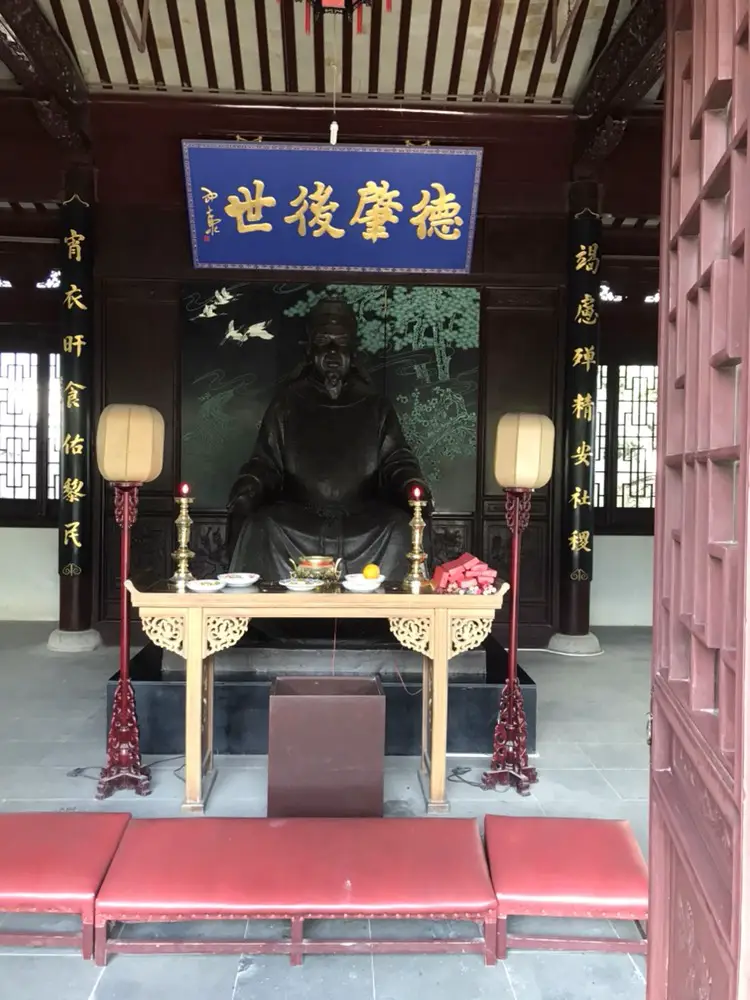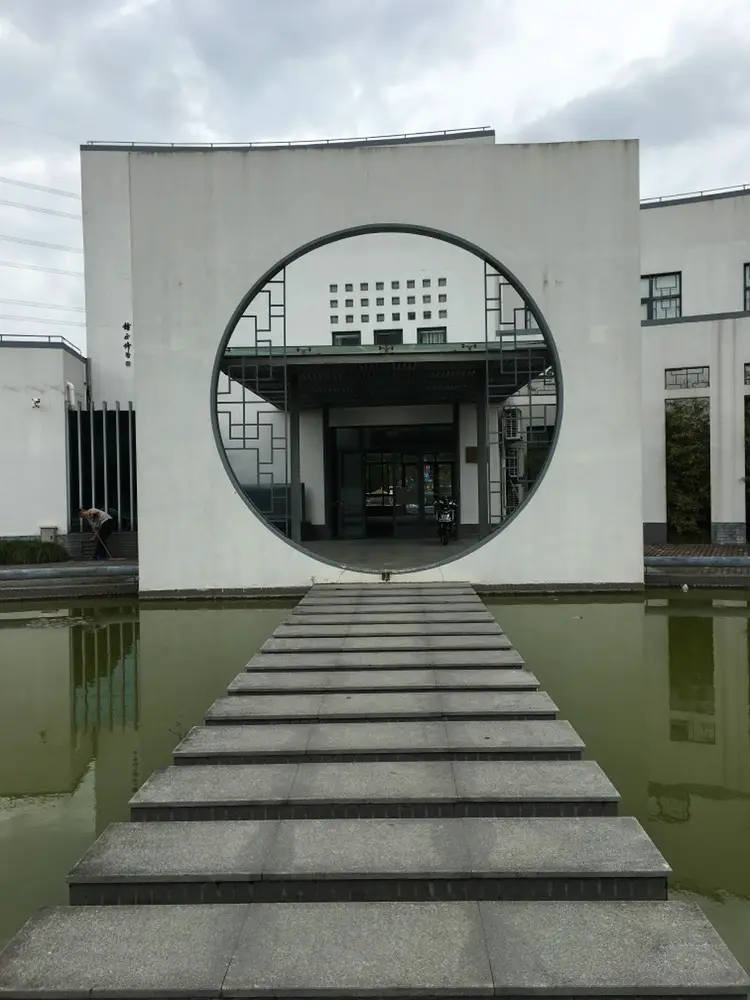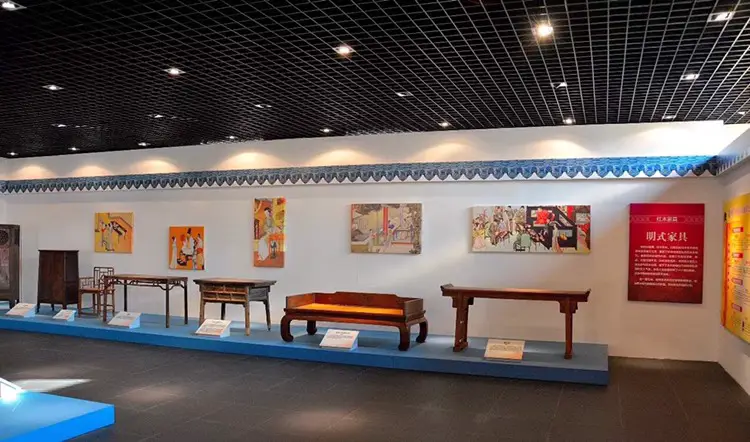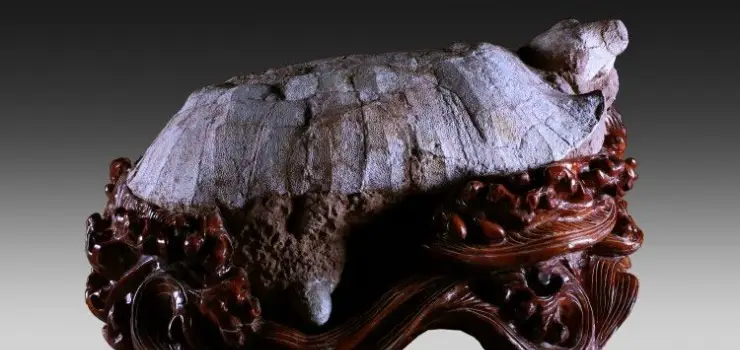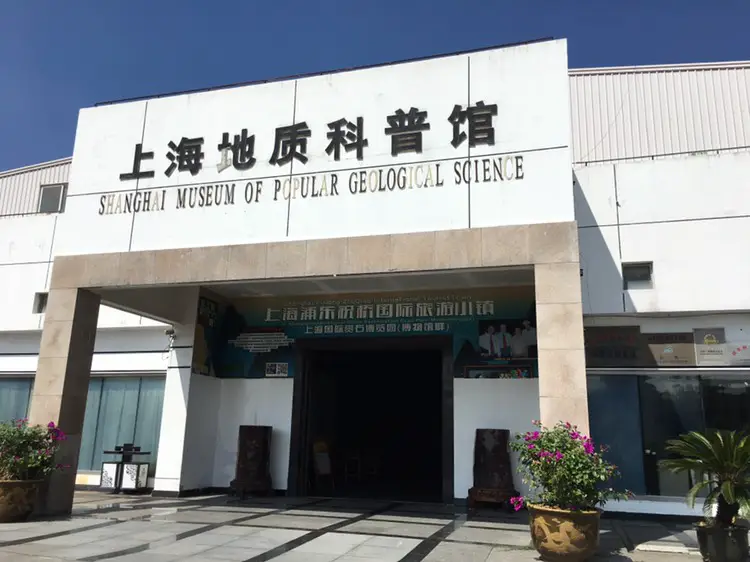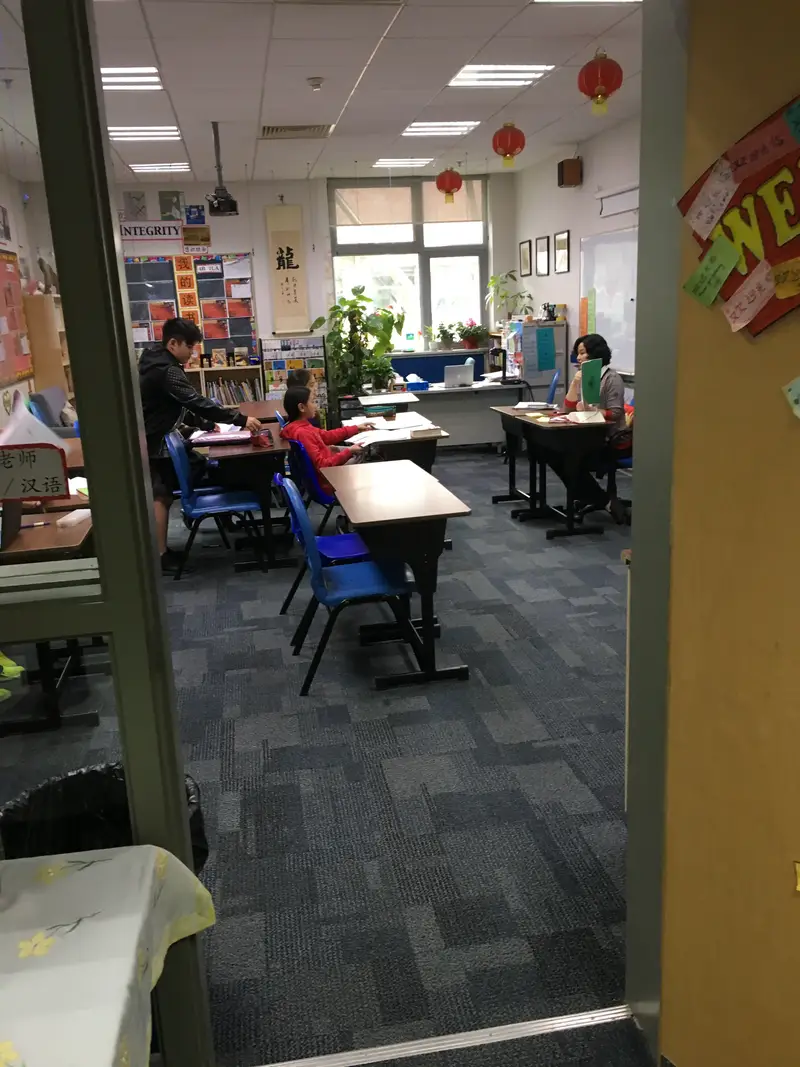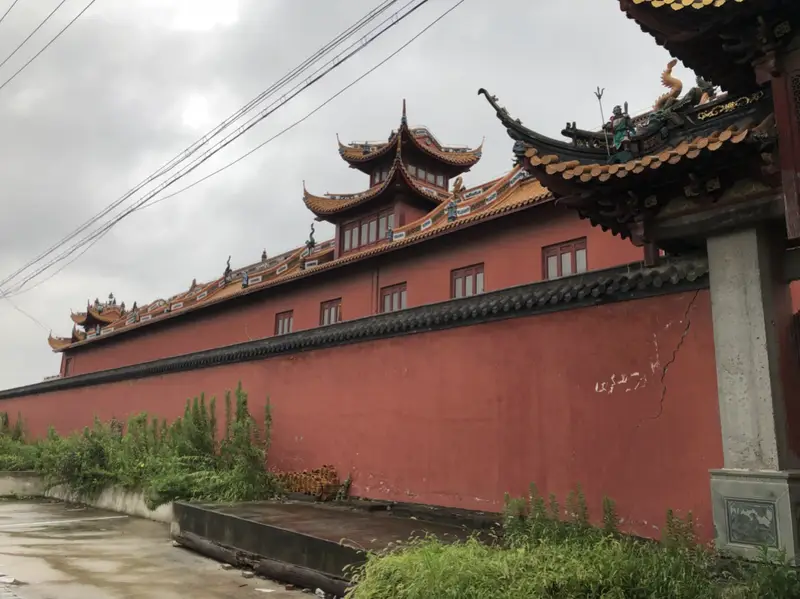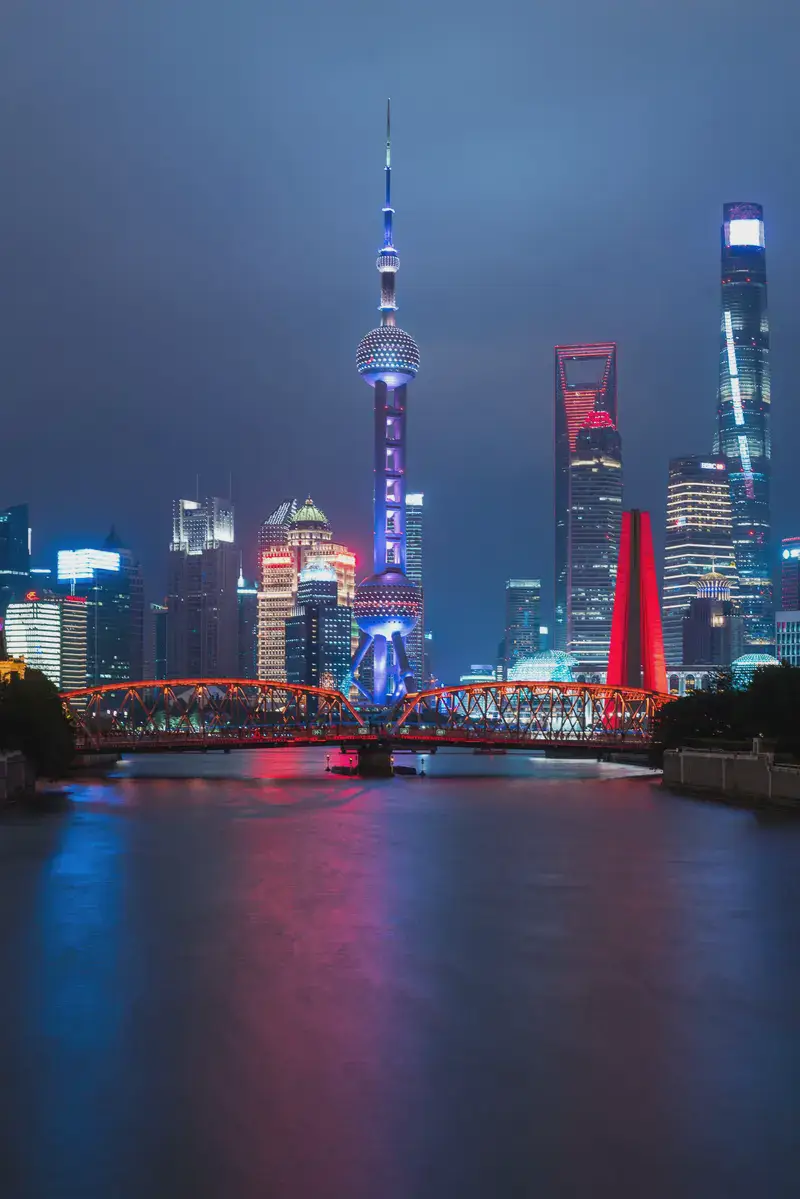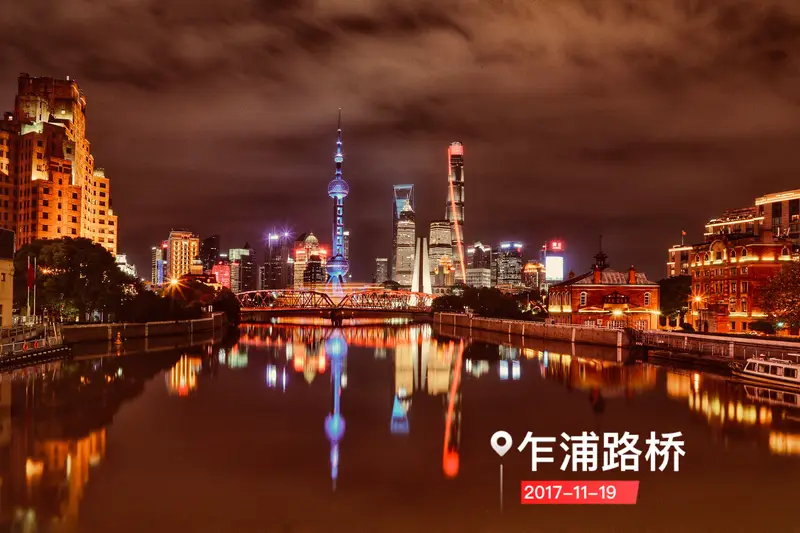Geography & Transportation
Qin Yi Art Museum sits in a tranquil corner of Zhaojialou Ancient Town in Minhang District, Shanghai. The museum is nestled within the Li Garden area, a historic complex that blends classical Chinese architecture with modern cultural spaces. To get here, you can take Shanghai Metro Line 8 to Hongqiao Station, then switch to Pujiang Line and exit at Zhaojialou Station. From there, it’s a 10-minute walk through the town’s cobblestone streets and traditional houses. If driving, park near the town’s main entrance and wander along the M市 River (Huangpu Jiang tributary) toward the garden—you’ll spot the museum’s sign easily.
Natural Scenery
The museum’s setting feels like a step back in time. Zhaojialou is known for its ancient bridges, willow-lined canals, and courtyards filled with rockeries and bonsai. At Qin Yi Art Museum, you’ll find a small zen garden outside, where bamboo groves rustle in the wind. It’s a peaceful escape from the city, especially during sunset when the pavilions cast long shadows over the pond. Bring your camera—the mix of nature and old-world charm makes every corner picture-worthy.
Cultural & Historical Highlights
Qin Yi Art Museum honors the legendary Chinese actress and filmmaker Qin Yi, a giant in China’s film and theater industry for over 70 years. Inside, her life-sized statue greets you, surrounded by movie posters, costumes, and handwritten notes. What makes this museum unique? It’s the first art museum in China named after a living artist still active in the industry. Beyond Qin Yi’s story, the space also celebrates other pioneers of Chinese drama and film, showcasing their struggles and triumphs through documentaries and rare photos. Even if you’re not familiar with her work, the museum’s passion for preserving cultural history is infectious.
Exhibition Content
The museum’s displays are split into two parts. The first floor focuses on Qin Yi’s career, with items like her Oscar-nominated film scripts and awards. Upstairs, larger exhibits explore 20th-century Chinese performing arts, including vintage cameras, playbills, and interactive timelines. A personal highlight? The VR theater where you can watch clips of Qin Yi’s iconic roles while learning about filmmaking techniques. English subtitles are available for most texts, so don’t worry about language barriers.
Facilities for Visitors
Qin Yi Art Museum is visitor-friendly. Entry is free (as of 2023), though donations are encouraged. The staff speaks basic English, and free audio guides are provided. There’s a small gift shop selling Qin Yi-themed postcards and tea sets, plus a teahouse where you can sit by the garden and try local Jiajia soup (a Zhaojialou specialty). Bathrooms are clean, and ramps ensure wheelchair access. Plan for 1.5–2 hours to explore everything without rushing.
Immersive Experience
Visiting Qin Yi Art Museum feels like flipping through a living history book. Start at the statue, then follow the chronological exhibits to trace Qin Yi’s journey from a young actress to a national treasure. Don’t miss the film screening room, where they loop her greatest hits. For a deeper connection, join one of the free guided tours (check the schedule online) led by volunteers who share stories about her resilience during China’s cultural revolution. End your visit by strolling the adjacent ancient town—it’s the perfect way to appreciate how Qin Yi’s legacy fits into Shanghai’s broader cultural tapestry.
Whether you’re a film buff or a casual traveler, Qin Yi Art Museum offers a quiet yet powerful glimpse into China’s artistic soul. Pair it with a walk around Zhaojialou’s centuries-old streets, and you’ll leave with a full heart—and maybe a newfound respect for the artists who shaped modern Chinese storytelling.


